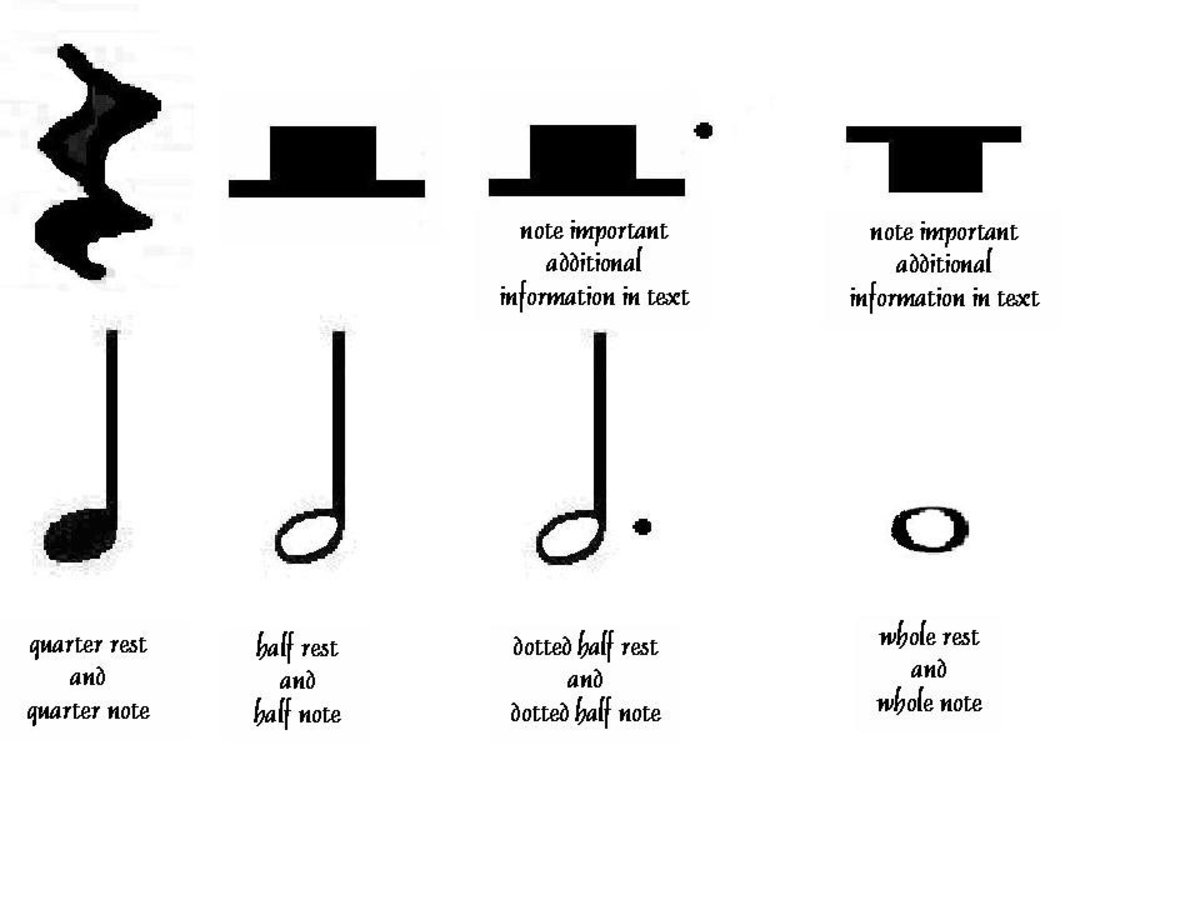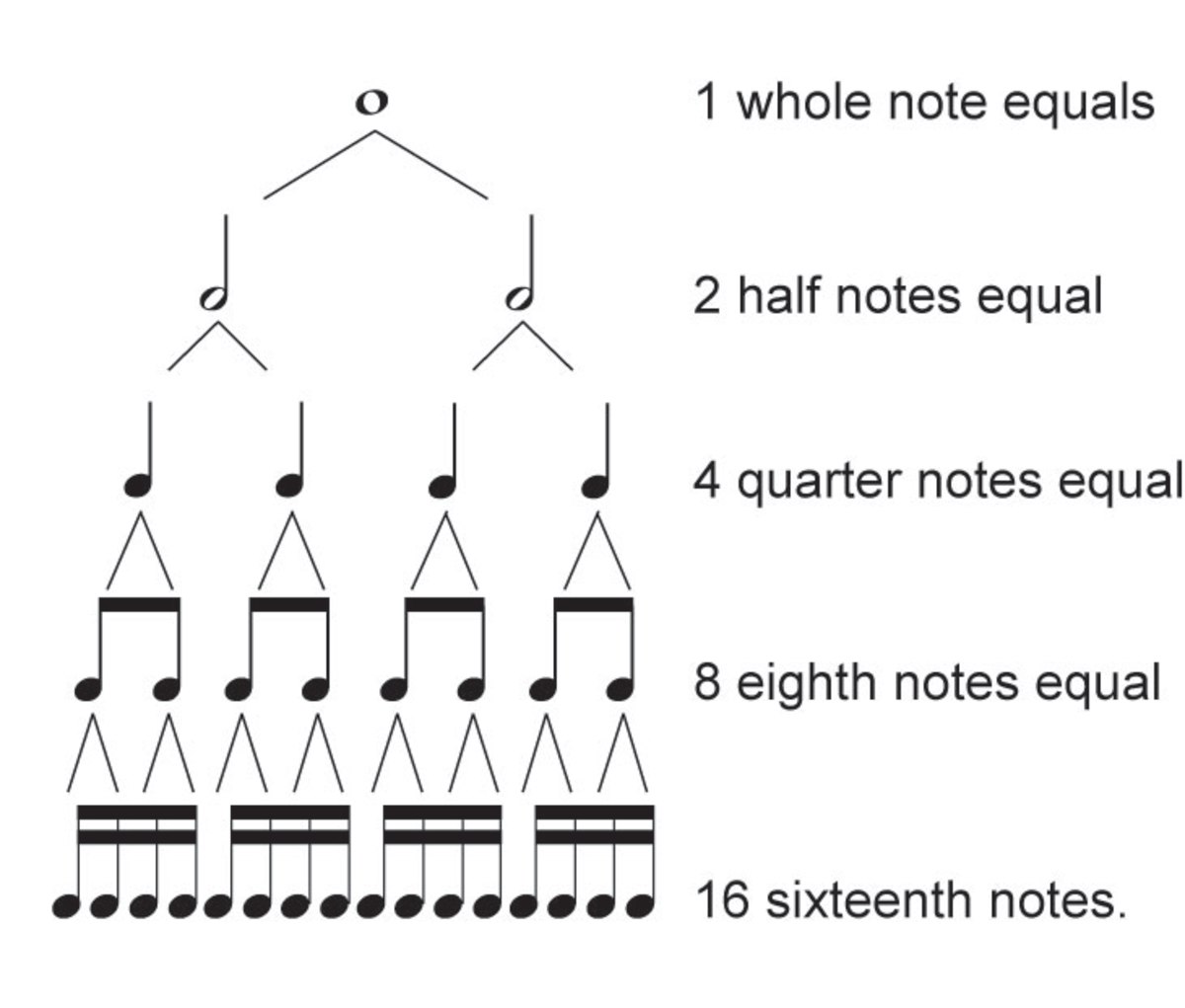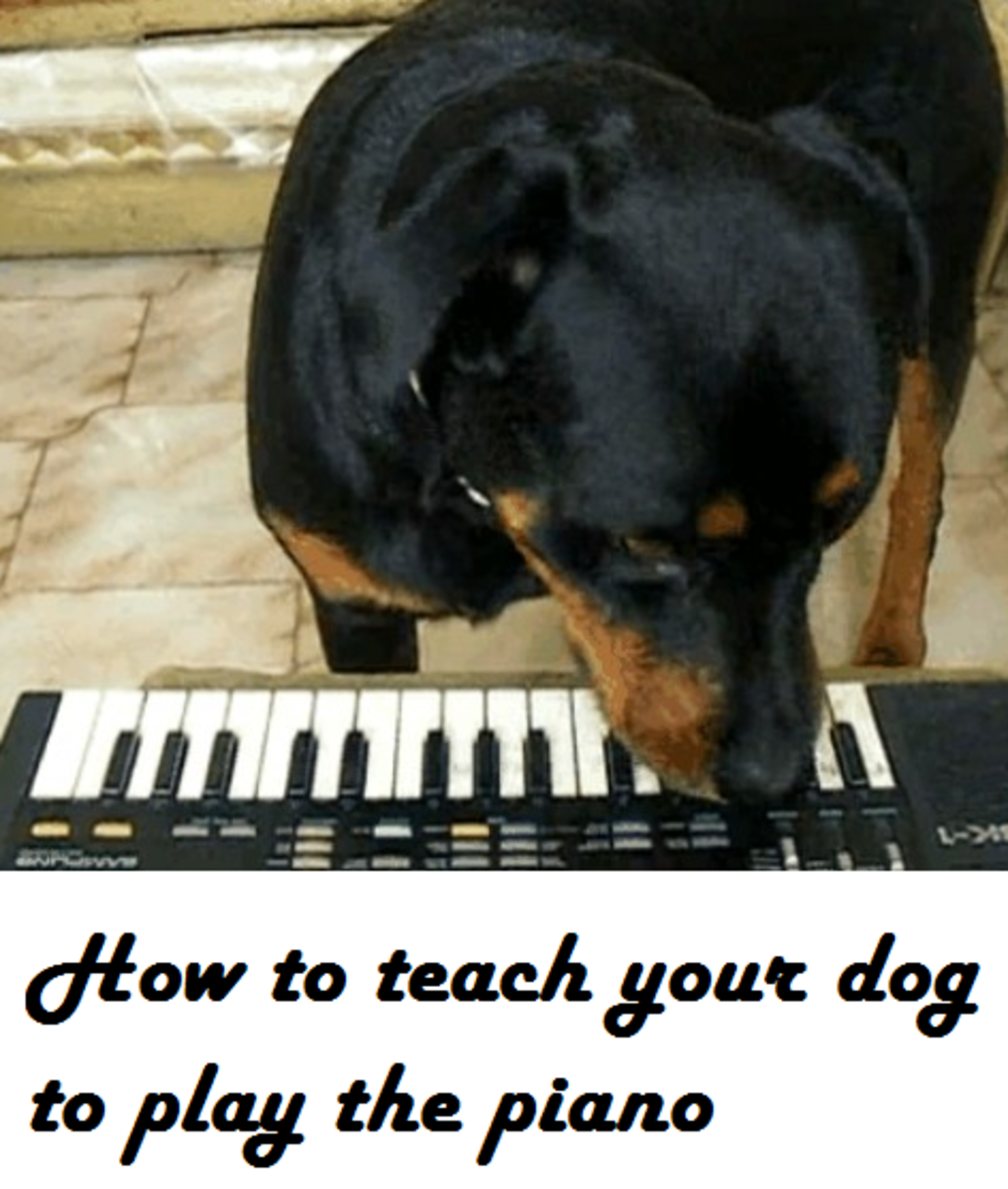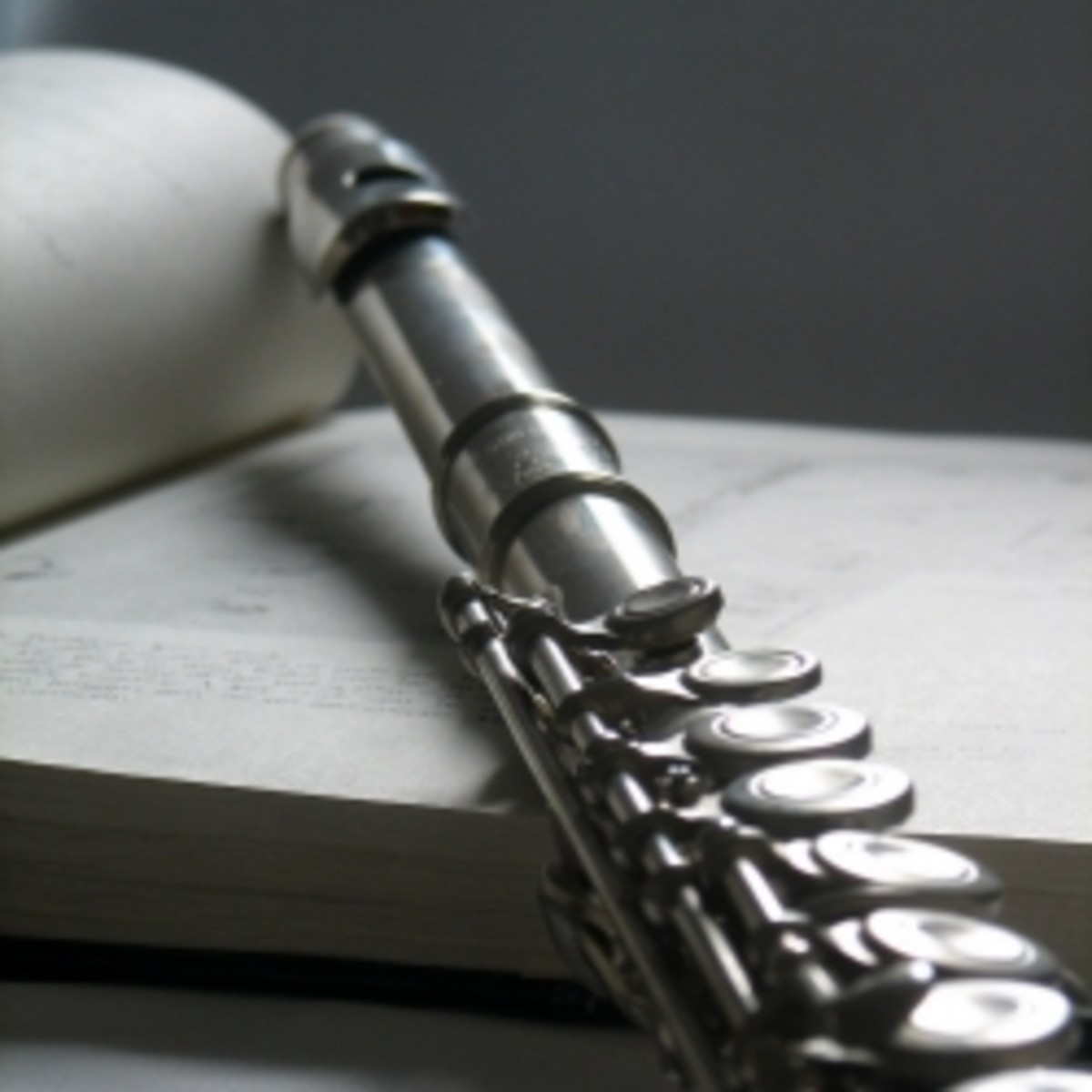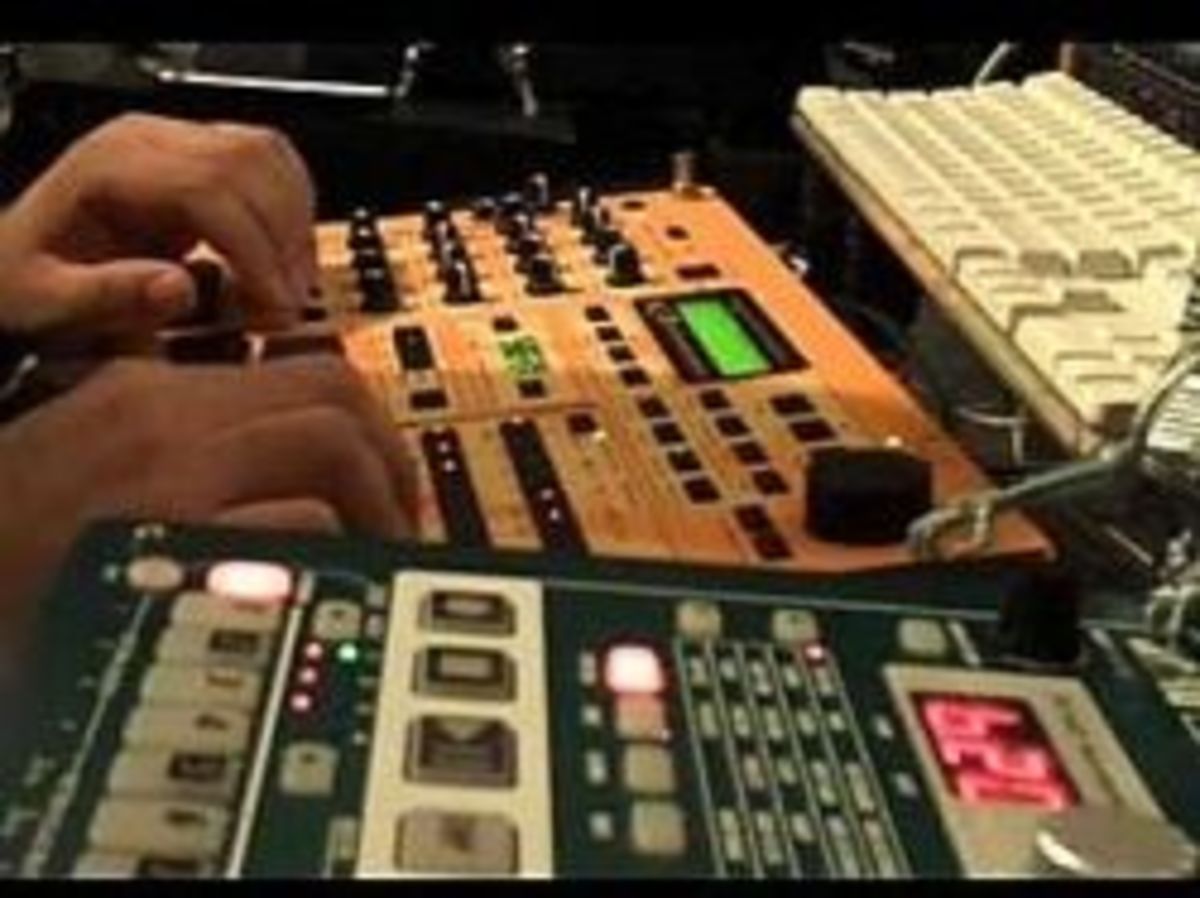Playing the Piano
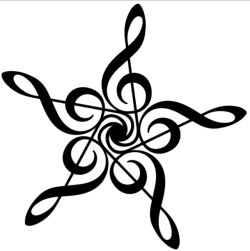
Just a Few Tips and Tricks
These are little things I learned about playing the piano, mastering it, learning to play well, and so forth, over the years. As I think of new things, I will add them. No special classification for these, they're just random useful items.
Some of these are very basic. Others are things you can do to improve your playing or overcome incorrect ideas that may be holding you back.
I can't say I am the world's top expert. I only started to learn a piano concerto before I had to stop taking lessons, and after that, there was no time to continue, and I needed to regroup anyway.
These tips are not intended to be a complete explanation of how to play the piano. I am assuming that you are learning to play someplace else, with a teacher or an instruction book, for example. Instead, I am going to take you behind the scenes to see a few tips you may or may not be taught by your teacher, which should help you immensely.
Image by Sven Manguard, distributed under the Creative Commons license 1.0.

Learning to Read Music
If a person is serious about learning classical piano, it is critical to learn to read music. Most of the compositions will be out of reach unless you can read well enough to play them.
Reading music didn't come easy for me. I have a rather unusual musical memory. If I listen carefully to any classical composition five times, I can reproduce it, with complete orchestra, in my head, from memory. When I first started learning piano at age 3, and my mother would assign me a new piece, I'd ask her to play it for me. And from just her playing it once, I had it memorized. When she figured out what I was doing, she stopped playing the new piece for me because she wanted me to learn to read music.
Learning to read music was a struggle for me. I still don't read as well as I'd like. It's a contest between being able to read fast enough to play at the level I am capable of, and being accomplished enough to play what I read readily. If that sounds like a muddle, it is!
So I will offer you a few tips about reading western musical notation (as opposed to the musical notation of other styles of music from other parts of the world).
I have mentioned one of our sons who learned to read music in three days. He reads music so well he can conduct a new piece from first reading of a complete orchestral score. One of our daughters learned to read music in two days. She didn't do as much with music. Still, that is a significant accomplishment.
All of the children had access to a little plug-in module that fit into the Atari 800. I doubt seriously if anything comparable is available these days, and from what I have seen, computer programs that allow a person to write a score are much more complex. I still haven't mastered the one I do have. I will look around and see if I can find something better, and if so, I will add it here. In the meantime, look around and see if you can find a program that is intended for beginners, because it will help a lot.
What the children were able to do was pick a hymn out of the hymnal, and enter each note into a staff that displayed on the screen of the Atari. After entering the entire hymn, they could play it.
What I am about to offer you now is a tip on learning some of the complexities involved. Consider a note. Notes can be whole notes, half notes, quarter notes, eighth notes, sixteenth notes, and so forth. A whole note which will be played for four beats at 4/4 time looks like a horizontal oval that is white on the inside. 4/4 time means four quarter notes per measure. The top is the number, and the bottom is the type of note. A half note is played for two beats. It looks like a horizontal oval with an upright stem. A quarter note looks like a half note, except the oval is colored in. An eighth note looks like a quarter note with one flag added, and a sixteenth note looks like a quarter note with two flags added. A quarter note will be one beat in 4/4 time, and you need two eighth notes to make up one beat at 4/4 time. You can have other kinds of time. For example, you can have 3/8, which means three eighth notes per measure.
When you look at a staff, you will see vertical lines drawn from the top of five horizontal lines to the bottom one. That divides the music into measures. Measures become important in interpreting the music. In classical music, the tendency is to play the first note a little louder. In jazz, for another example, it may not be the first note, but the second, and the notes that get played louder may form a syncopated rhythm.
General rule: to make a note half as long as what it was before, add one part!
If you take a quarter note and put a dot right after the oval, this becomes a dotted quarter note. Doing this makes the quarter note as long as one quarter note and one eighth note together. Adding another dot to the first, to the right of it, adds the length of a sixteenth note. This note is played for a quarter plus an eighth plus a sixteenth note.
General rule: each dot adds half the time of the previous note or element, to the length of a note.
These two simple rules can be very useful in making reading music more understandable.
I won't give you a complete course in learning to read music here. These are just additions to whatever method you choose to use. There are music workbooks available that help a person learn the pitches and other things she needs to know, in order to read music.
Here is a good article on musical notation which explains different systems, including the western system.
The image shows four quarter notes on a staff with a treble clef. It is by Hyacinth, and is distributed under the Creative Commons Attribution-Share Alike license 3.0. (The notes on a staff with a treble clef are mostly above middle C on the piano.) I modified the image slightly. Notice that the treble clef looks a little like a G. The circle in the center of the symbol circles a point on the line that is used for notes that have the pitch of G on the piano.
Holding the Hands Properly for Playing
In order to develop good technique, it is important to hold the hands and arms correctly. A person should be seated at a height which will make it possible for her to hold her forearms horizontally. The fingers should be curled as if she is holding a tennis ball, with the tips of the fingers touching the keys. The wrist should be kept straight at all times. This position will also help prevent a person from developing any kind of injury (such as carpal tunnel syndrome) from practicing or playing.
It is critically important that you keep your fingernails short enough so that when the last joint of the finger is vertical with respect to the keys, you don't hit the key with your fingernail. If you keep the nails too long, it will distort your hand position, and lead to injury over time.
This same thing, by the way, applies to making a fist in a hard style martial art. The fingernails must be short enough so that they don't slice the palm of your hand when you strike, because the fingers should be completely curled around.
I know some women really recoil at these thoughts. You have to decide what is higher priority for you: playing piano well, or looking pretty (or your idea of what it means to look pretty).
A guitarist will keep the nails of the right hand longer so he can pluck the strings with the nails, and the nails of the left hand shorter, for stopping down the strings. I play with my fingertips rather than my nails (in part because my nails are brittle at this age), so I don't have to worry about that, but you get a clearer, crisper tone if you use your nails.
Learning to Play Scales
This is a trick which my piano teacher taught me early on, when I began to play scales that go up and down the piano for several octaves. In general, a pianist will use the first three fingers of, say, the right hand, and then on the next note, she will use the thumb again, and use four fingers, and then the thumb again, going up. Each finger, obviously, plays one key. Think of the key of C Major. It will all be on white notes. Now the trick I learned is that when you play the thumb, and then you play the second finger (fingers are numbered 1 through 5), then as you are playing the second finger, you RAPIDLY tuck the thumb under the palm of the hand so that when you get to the F and are ready to play the thumb again, it's already there.
Because of the black keys on a piano, different scales have different fingering. You ALWAYS play the thumb on a white key! So if the scale starts on a black key, you will not use the thumb for the first note.
What I have been talking about is playing a diatonic scale. This contains eight notes. It starts with the note of the key (starts on C if the scale is C Major or c minor, for example) and ends on that same note an octave higher. Notice that the word "octave" means "eight", which is so named because a diatonic scale has eight notes.
Playing a Chromatic Scale
A chromatic scale plays every note: all the white keys and all the black keys. It is played as follows:
The thumb plays a white key. If the very next key is a black key, play it with the third finger. If it is a white key, play it with the second finger so that the next black key will be played by the third finger. As before, flip your thumb under for the next key you will play with it. Obviously, if you are going in the opposite direction, you will be flipping your hand over your thumb instead.
Techniques for Mastering Tough Spots
One piano teacher I had, who was one of the better ones, taught me a trick for mastering the difficult places in the music. Most people have a tendency to play through a piece from beginning to end repeatedly, to try to master it. This actually is largely a waste of time, and doesn't help much, because there will always be places that are more difficult, and you just never quite get them.
So here is what you do. Choose a section of the piece, which includes the difficult spot, and a measure or two before and after. Choose the other measures based on the sense of the music (to complete a musical idea of a part of a musical idea). Play JUST this section, repeatedly, until you can play it three times in a row without mistakes. This will make it a strong part of the piece, and it will never trouble you again. As you go on to more advanced pieces, you might want to make that ten times in a row. My teacher suggested I make a frame of wood with a single wire across the width of it. On the wire are strung ten beads. Every time you complete the section successfully, move one bead to the other end. If you make a mistake, move them all back and do it again.
This also works when learning martial arts forms, by the way. The frame with the beads isn't necessary. The important part is repeating the section until you can do it correctly a number of times in a row.
Debate
Tell us what style or styles in the comments. If you don't play, do you wish you did?
Do you play the piano?
Listening to Music
To become the best possible musician, you should immerse yourself in music when you are not practicing. Listen to a classical station on the radio. Most classical stations are affiliated with National Public Radio. They may include much talking, or other undesirable features.
For this reason, I recommend only one radio station in the wide world, and that is WCPE, out of North Carolina. They play nothing but beautiful classical music 24/7, with very little talking, and in general their selection is very, very good. They don't include the ugliness of some of the modern composers who are more nihilists than artists. I really have only two minor complaints about their programming: one is that they play far too much Copland (and always the same few pieces out of the hundreds he wrote) and the other is that on Sunday evenings, they can play some pretty weird stuff.
It's a very good atmosphere to develop your musical memory, and your knowledge of the repertoire, and in general just to train your mind and ear. You can listen to them anywhere in the world, if you have internet access and a speaker.
They have another advantage, too: they take NO money from government or any other source that will create conflict of interest problems. The taxpayer isn't subsidizing your listening! I like that! They are TOTALLY supported by the listeners. That is as it should be. Most of the time they do fundraising twice a year, and they tend to ask for about $600,000 each time, and generally, THEY GET IT! That's listener loyalty!
Here is their web site, with four or five streaming formats, and also instructions if you prefer to get a unit and listen to their satellite feed:
Velocity
One of the things that bugged the heck out of me was trying to play a passage very fast. I thought my fingers are slow! It wasn't until I got into college, that I learned THIS tidbit of information.
I told my piano teacher one day that I couldn't play very fast because I couldn't move my fingers fast enough. He told me, the speed at which your fingers move determines how LOUD the note is. If they move faster, then the note will be louder. They have nothing to do with the coordination involved in playing rapid passages.
Somehow, I found that very liberating!
If you hear of someone talking about a velocity-sensitive electronic keyboard, what they mean is that if you strike the key more rapidly with your finger, it will play louder.
Pedaling
There are three pedals on a standard piano. The one on the right sustains notes by keeping the felt from dropping back on the strings so they will continue to vibrate. This is the one I want to talk about.
The trick to pedaling is that you lift your foot just BEFORE you play the first note you want to sustain. You then play the pedal at the exact moment you play that first key. And obviously, you hold the pedal down until you want to start a new collection of vibrating strings. It is important that you start over often enough so that the music isn't muddy, but keep it down long enough to sustain the notes you want to sustain.
This doesn't seem natural at first, but it does become natural very quickly.
You want to use the pedal when you are playing legato (notes connected together), but not when playing staccato (notes detached from each other).
Books of Piano Music on Amazon
Hanon The Virtuoso Pianist
This is the fundamental book on technique that everyone uses after the student has been playing awhile. The edition I have includes about 25 exercises for dexterity, and scales and arpeggios in every key. I can't tell you if this has all of this in it or not, since the edition I have is by a different publisher. But this is a really basic and necessary book.
Lots of composers have written etudes (studies) that are enjoyable to play and very musical, and these teach skills, too, but this book is unique.
Technic is Fun
This series is what I used as a child. The pieces are graduated, and I found them worth playing. It is a series of a number of books, each of which is more advanced than the earlier one. This is the first book.
In general, I really do NOT like series such as this. I would rather see children playing the works of great composers, intended for children. But I really do like this series anyway.
Looking at the first page on Amazon, I see that it is the exact same book I used.
Schirmer Sonatina Album for the Piano
Pieces by Famous Composers for a Beginning Student (more or less)
This would be suitable for someone who has studied piano for two or three years, and is in elementary school or junior high. These are actually original pieces that are technically within reach of such students. I hear these on the classical radio station WCPE, so they are valid pieces in their own right, which belong in the repertoire of any serious pianist.
Playing the Organ
Most of the techniques required to play the piano also apply to playing the organ. In fact, if you can play the piano, you can much more easily learn any other keyboard instrument.
Organ playing is a little different because there is no way to sustain notes with a pedal. You have to hold the key down the entire time you want the note to sound. For the most part, with one exception I'll talk about in a minute, you want to hold down notes with some fingers until you play the next notes with other fingers. This has a different feel, but I didn't find it difficult to learn.
The feet also play notes, bass notes as a general rule. The heel plays on a white pedal, and the toe plays on a black pedal. You can play scales and other things in a very legato manner by using this method. If the pedals are too short (such as on a spinet organ with only one octave of pedals), you obviously can't do that, but if yours is a standard AGO (American Guild of Organists) organ, you can, because the white pedals will be long enough.
Volume changes on the organ aren't accomplished by how rapidly you play a key. They are controlled by how many pipes are sounding for each key played (so if you want loud, activate more stops), or how wide open the shutters on the swell box are. There is a volume pedal that controls the shutters on the swell box. That is in addition to the note pedals.
(A swell box is a large box made of wood that completely encloses a set of pipes except on one side, where it has shutters that can open and close.)
One thing I learned from observing some of the great organists is that in a fast passage, playing notes SLIGHTLY staccato (that is, slightly detached instead of fully legato) makes the playing more vibrant. Believe me, that isn't easy to do! But it sure makes the music sing much more!
Registration
Registration has to do with choosing the stops (the ranks of pipes you will use) for a piece of music, or part of a piece. Baroque pieces are generally characterized by a very bright sound, which involves using an 8' stop, a 4' stop, a 2' stop, and so forth, so that there are several different harmonics included with the original note. When you play one note, it will play a fundamental pipe, and another pipe half as long (one octave higher) and a third pipe a fourth as long, and so forth. The 8' means that an eight foot long pipe will play a middle C.
On the other hand, some sets of pipes are designed to mimic the sound of things like trumpets. (In fact, the organ was the first music synthesizer ever invented; it was intended to mimic an orchestra). These are usually played with only one stop. That will usually be the 8' stop. This is very good for melody lines. You can play a melody line on one manual (keyboard) while playing harmony on another. The melody line will have one stop activated, and the harmony manual may have several different stops activated. You can also change the quality of a note by combining the sounds of different kinds of pipes, so you might have activated a stop for, say, a diapason, and one for a flute (just an example).
Registration is choosing the stops you will play, in order to interpret the music.
There is considerably more information about organ stops here: Organ Stop
Having several manuals also serves another purpose. You can actually use the same hand to play notes on two different manuals at the same time. You might be using the 3rd through 5th fingers to play some harmony on one, while using thumb and forefinger to play a melody on another, usually the manual below the one for the other fingers.
That's why organs have multiple keyboards!
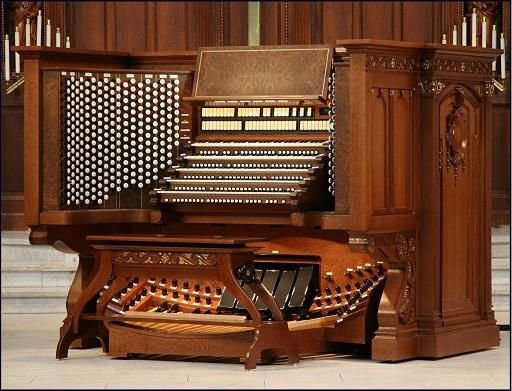
This organ is located in the United States Naval Academy Chapel. The photo is in the public domain.
The knobs on the vertical panel on the left are stops. The tabs above the keyboards are also stops. This shows the two different types of methods for activating and de-activating sets of pipes. The knobs are the older way. The organ has five manuals (keyboards). Just below each manual, there are buttons that operate pistons. These can be set up in advance to activate or de-activate several different stops at once, so that the organist only needs to push one button to completely change the sound of the manual. The large black knobs around the pedalboard are used for the same purpose. The five large pedals directly above the pedalboard are used for controlling volume. The ones connected to the great will activate or de-activate ranks of pipes, and the ones connected to the swellbox open and close shutters.
The entire structure is called the console.
I have no idea how many pipes this organ has, but there is obviously a bunch!
Playing the Harpsichord
For the most part, playing a harpsichord is a lot like playing the piano. However, there are some important differences. For most harpsichords, there are NO methods for increasing or decreasing a note's volume. A few harpsichords have stops, which will gang up the strings of notes an octave lower with the ones you are playing. But most don't. Some harpsichords also have pedals.
Nearly all music composed for harpsichord was composed during the baroque era. Interpretation is not done by changing the volume of notes. It is done in other ways. I learned this little trick from Anthony Newman, the famous organist. It applies to organ, too.
Analyze the music. You will be playing along in a particular key, and will play several measures, and then you come to a measure that is in another key, or a surprise harmony. On THAT measure, play the FIRST note slightly longer than the rest. This tends to call the attention to the new and surprising measure.
The only time I ever got to play the harpsichord, I did it that way, and someone standing nearby told me that I was very talented. The only skill I displayed was in choosing which measures to treat this way.
Obviously, this won't work if you are playing with other players, such as if you are playing a harpsichord concerto. It works only for solo pieces.
Playing the Piano is Fun
If you allow yourself to enjoy playing the piano, it can be relaxing and invigorating and a bunch of other good stuff. If you would like to learn to play the piano, by all means do so. You are never too old.
John Holt started learning to play the cello at the age of 45. The cello is NOT an easy instrument to learn by any means. But he was able to learn well enough to participate in amateur string quartets, and enjoyed himself very much. Read his inspiring book, Never Too Late.
So You Think You Are Too Old
and you can't
Playing the Piano is Fun
If you allow yourself to enjoy playing the piano, it can be relaxing and invigorating and a bunch of other good stuff. If you would like to learn to play the piano, by all means do so. You are never too old.
John Holt started learning to play the cello at the age of 45. The cello is NOT an easy instrument to learn by any means. But he was able to learn well enough to participate in amateur string quartets, and enjoyed himself very much. Read his inspiring book, Never Too Late.
Available on Amazon.

